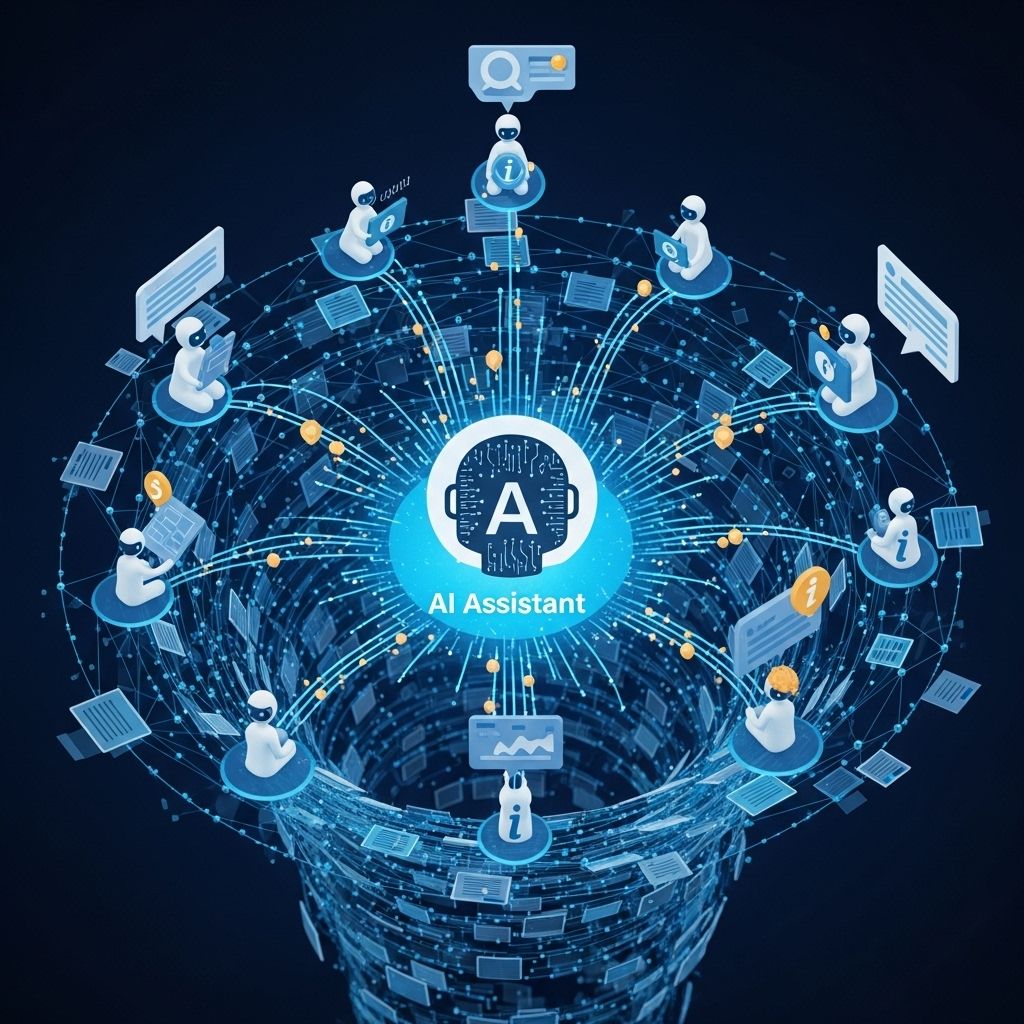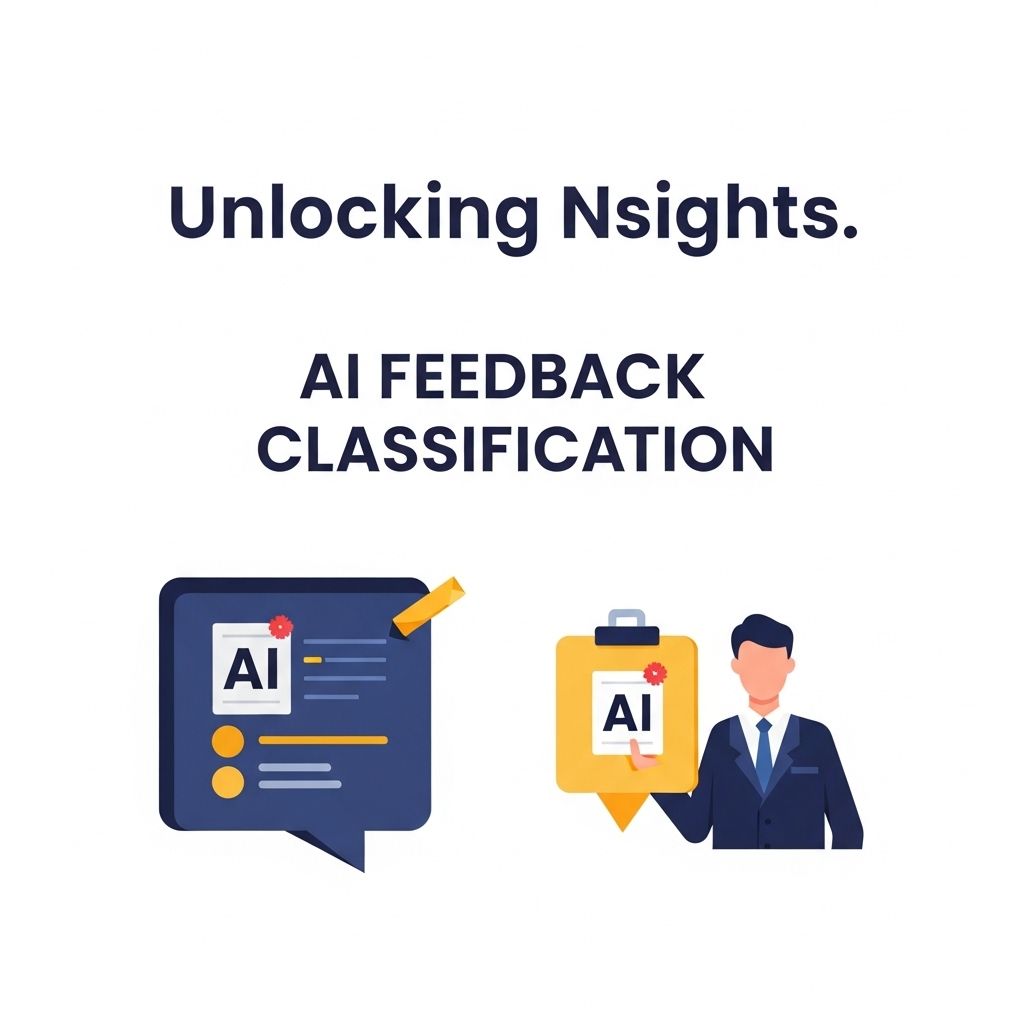Streamline Your Knowledge Base with AI Assistants
Discover how AI assistants can enhance your knowledge base, improving efficiency and user experience while providing instant support.

In today’s fast-paced digital landscape, organizations are constantly seeking ways to enhance their efficiency and improve customer satisfaction. With the exponential growth of information, managing a knowledge base effectively can be challenging. Enter AI assistants – a transformative solution that not only streamlines knowledge management but also empowers teams to harness information effectively. This article delves into the integration of AI assistants within knowledge bases, exploring their benefits, implementation strategies, and best practices to optimize their usage.
Table of Contents
Understanding Knowledge Bases
A knowledge base is a centralized repository that stores and organizes information, allowing users to access and share knowledge seamlessly. It can include various formats such as:
- Documents and manuals
- FAQs and troubleshooting guides
- Internal processes and procedures
- Tutorials and training materials
By providing easy access to valuable information, knowledge bases enhance decision-making, reduce redundancies, and improve overall operational efficiency.
The Role of AI Assistants in Knowledge Management
AI assistants are sophisticated software applications powered by machine learning and natural language processing (NLP). They can comprehend, process, and analyze large volumes of data to deliver accurate responses to user queries. Here’s how they can enhance knowledge bases:
1. Enhanced Search Capabilities
AI assistants improve search functionalities by utilizing advanced algorithms that understand context and intent. Some key features include:
- Semantic search that focuses on meaning rather than keywords
- Contextual understanding for tailored results
- Voice-search capabilities for hands-free access
2. Automated Content Updates
One challenge faced by traditional knowledge bases is the need for constant updates. AI assistants can automate this process by:
- Monitoring changes in internal processes or external regulations
- Updating articles and documents based on user feedback
- Flagging outdated information for review
3. Personalized User Experience
AI systems can learn from user interactions, allowing them to deliver a more personalized experience. This includes:
- Recommending relevant articles based on past queries
- Providing guided workflows tailored to specific roles
- Adapting responses based on user behavior patterns
Implementation Strategies for AI Assistants
To successfully integrate AI assistants into your knowledge base, consider the following strategies:
1. Assess Your Needs
Identify the specific challenges your knowledge base faces and how an AI assistant can address them. Conduct an assessment that includes:
- User feedback on existing knowledge base usability
- Analysis of common search queries and pain points
- Requirements for scalability and future growth
2. Choose the Right AI Technology
Depending on your needs, select an AI platform that aligns with your organization’s capabilities. Factors to consider include:
- Integration with existing systems
- Support for multiple languages
- Scalability and customization options
3. Train the AI Assistant
Training is crucial for the effectiveness of AI assistants. This involves:
- Feeding the system with high-quality data from the knowledge base
- Creating a feedback loop to continually improve AI understanding
- Regularly updating the training dataset with new information
4. Monitor and Refine Performance
After deployment, continuously monitor the performance of the AI assistant. Key performance indicators (KPIs) to track include:
| Metric | Purpose |
|---|---|
| User satisfaction rating | Gauge user experience and effectiveness |
| Response accuracy | Measure the correctness of AI responses |
| Engagement level | Evaluate user interaction with the assistant |
Best Practices for Optimizing AI Assistants
To ensure you get the most out of your AI assistants, follow these best practices:
1. Foster a Collaborative Environment
Encourage collaboration between IT teams, knowledge managers, and end-users to create a knowledge base that meets everyone’s needs. This promotes:
- Sharing insights on common challenges
- Gathering diverse perspectives for content development
- Ensuring the AI learns from a broad range of scenarios
2. Keep Content User-Friendly
The content within your knowledge base should be straightforward and easy to navigate. This can be achieved by:
- Using clear headings and subheadings
- Incorporating multimedia elements like videos and infographics
- Regularly simplifying complex information and jargon
3. Solicit User Feedback
Actively seek feedback from users about their experiences with the AI assistant. This can provide valuable insights into:
- Areas for improvement
- Content gaps within the knowledge base
- Changes in user behavior or needs
Conclusion
The integration of AI assistants within knowledge bases is not just a trend but a necessity for organizations aiming to remain competitive in an information-saturated world. By leveraging AI technologies, businesses can enhance the accessibility, relevance, and personalization of their knowledge management efforts, leading to improved operational efficiencies and heightened customer satisfaction. Embracing this innovation is a step towards a smarter, more agile organizational framework.
FAQ
What is an AI assistant in a knowledge base?
An AI assistant in a knowledge base is a software tool that uses artificial intelligence to help users find information quickly and efficiently by understanding their queries and providing relevant answers.
How can AI assistants improve customer support?
AI assistants can enhance customer support by providing instant responses to frequently asked questions, reducing wait times, and allowing human agents to focus on more complex issues.
What are the benefits of integrating AI with a knowledge base?
Integrating AI with a knowledge base can lead to improved accuracy in information retrieval, personalized user experiences, and the ability to analyze user interactions for continuous improvement.
Can AI assistants learn from user interactions?
Yes, AI assistants can learn from user interactions through machine learning algorithms, allowing them to improve their responses and adapt to user preferences over time.
How do I implement an AI assistant in my knowledge base?
To implement an AI assistant in your knowledge base, you can choose an AI platform, integrate it with your existing knowledge management system, and train it using your data to ensure it provides accurate and helpful responses.
Are AI assistants cost-effective for businesses?
Yes, AI assistants can be cost-effective for businesses as they reduce the need for extensive customer support teams, lower operational costs, and increase efficiency in handling queries.



